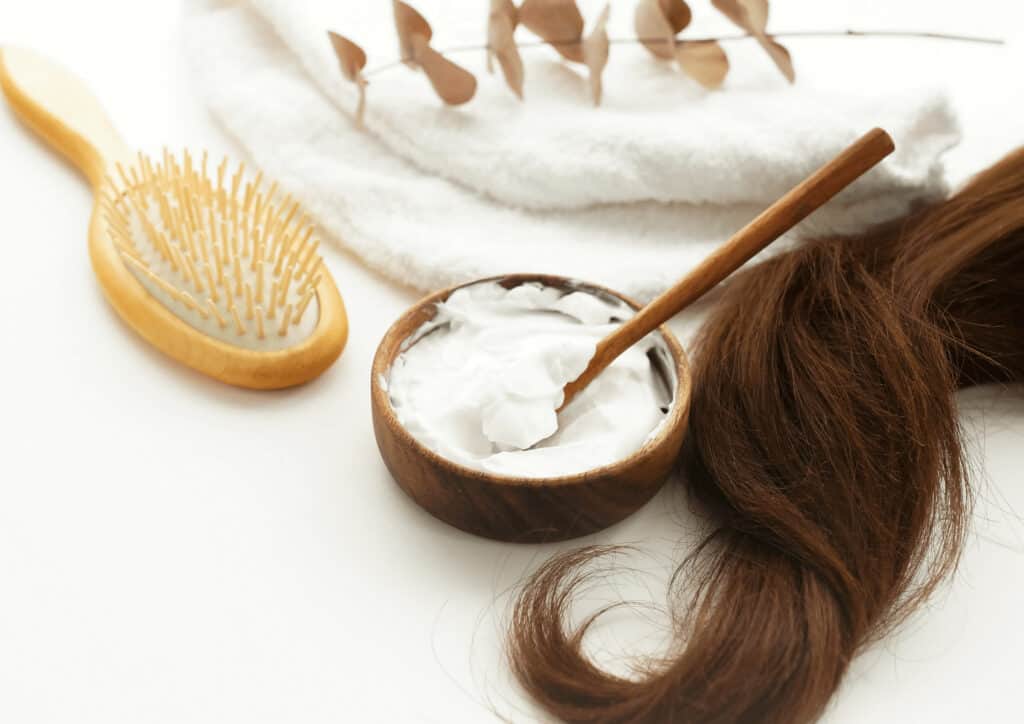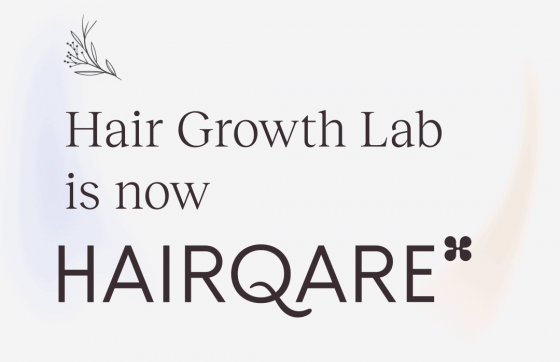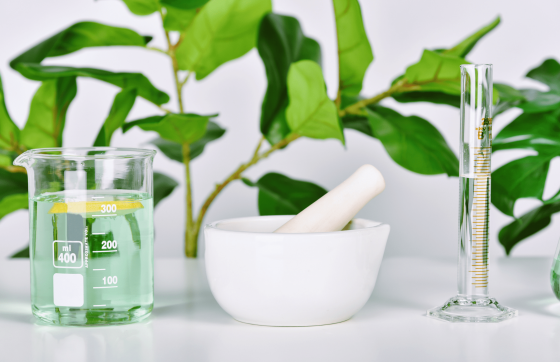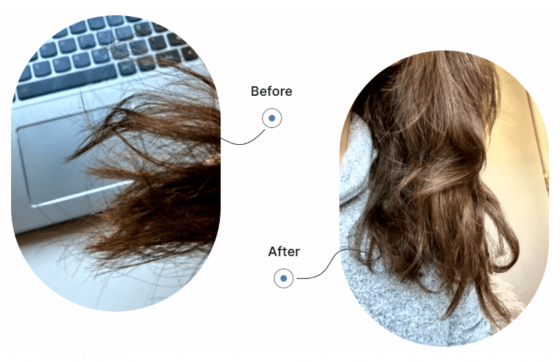
The Importance of Protein Hair Treatments for Long Hair [2023]
![The Importance of Protein Hair Treatments for Long Hair [2023]](https://blog.hairqare.co/wp-content/uploads/cache/2021/09/ktYKT3IHT8iLcWUbCPNc_Protein-Treatment-Bleached-Hair-680x432.jpg)
Table of contents
Despite what you may think, my hair hasn’t always been as strong and healthy as it appears on Instagram. Protein hair treatments have completely transformed my heat-damaged and chemically processed hair since I discovered them a few years ago.
It’s still a fairly uncommon hair treatment, despite being an extremely effective part of a hair care routine, especially for those who want to maintain or grow long hair. The building blocks of hair are bonds of proteins made up of keratin and amino acids.
Exposure to unavoidable and damaging elements such as ultra-violet radiation and the wind causes these protein bonds to break down over time.
Broken bonds cause hair to be dry and brittle. We can repair this damage by using protein treatments that deposit proteins and amino acids in the gaps between the broken bonds, restoring the structure of your hair shaft.

The longer your hair, the more exposure it will have to these elements, so the more important it is to use a protein treatment or hair reconstructor. If you apply chemicals or heat to your hair, then protein hair treatments are absolutely necessary.
How Often Do You Need a Protein Hair Treatment?
The short answer? It varies, it really depends on the current condition of your hair. A rule of thumb is the more porous your hair, the more frequently you’ll need to treat it for protein loss.
Porosity refers to how much moisture your hair can absorb and retain. It's determined by your genetics, your environment, and how well you look after your hair.
You can find out your hair's porosity level very easily. When you find a strand of hair that has fallen out, place it gently in a bowl of water. Observe it for 3 minutes:

If the strand of hair floats completely, you have low porosity - you won’t need regular protein treatments, yay! You should, however, re-test your porosity levels as your hair gets longer.
If your strands float but the ends sink a little, I would recommend a gentle homemade DIY mask of 1 egg and 2 Tbs of olive oil. You can apply this to your ends once every two or three months to repair any subtle damage caused by daily wear and tear.
If the strand kind of sinks and kind of floats (even if it only sinks by a millimeter) or sinks very slowly, you have medium porosity.
My recommendation is to use a reconstructive shampoo and conditioner or a protein-rich leave-in conditioner that will deposit proteins in your hair as you wash and condition it.
You would only need to do this once or twice a month to keep your locks strong and healthy.

If the strand sinks completely, you have high porosity and will definitely need regular protein treatments.
If you have severely damaged hair, I recommend getting a professional-grade treatment at the salon that can last up to 6 weeks. My favorite is the Olaplex System which especially repairs damage from bleaching.
If you prefer an at-home treatment, I can highly recommend ApHogee's Hair Strengthening Kit which is both inexpensive and effective. If you would like to go the natural route, you can apply a mixture of eggs, avocado, or mayonnaise as a hair mask.
This is an affordable and more natural method, however, the proteins will rinse off after one or two washes so you'd have to treat your hair more regularly.

Too Often Is a Bad Thing
When you treat your hair for protein loss, it's important to routinely test your hair’s porosity level. Each time you do a treatment, the pores in your hair shaft will fill up with protein, decreasing its porosity level, which also decreases how often you need treatments.
Protein rinses off eventually so you will need to increase the treatments and then decrease them accordingly.
Too much protein in your stands will leave no room for your hair to absorb moisture, resulting in rough and dry hair. In worse cases, it can even lead to breakage... so remember to monitor your porosity level!

Too much protein in your stands will leave no room for your hair to absorb moisture, resulting in rough and dry hair. In worse cases, it can even lead to breakage... so remember to monitor your porosity level!
It's a tricky balancing act but well worth it for strong and long hair :) I personally have medium-high porosity and do a professional-grade treatment four times a year to maintain my bleached hair. I also use a protein-rich shampoo and leave-in conditioner once a week to improve the general health of my hair in between salon visits.
If you want to dive deeper into my hair care secrets and learn how to save money while growing your longest and strongest hair yet. Check out the 14 Day Haircare Challenge to find out more!

Do you currently use a protein treatment for your hair? If so, I would love to know what your favorite method is in the comments!
If you're now inspired to also start your long hair journey, you can join our 14 Day Haircare Challenge.
References: Hessefort, Y.Z., Holland, B.T. and Cloud, R.W., 2008. True porosity measurement of hair: a new way to study hair damage mechanisms. Journal of cosmetic science, 59 (4), p.303.







